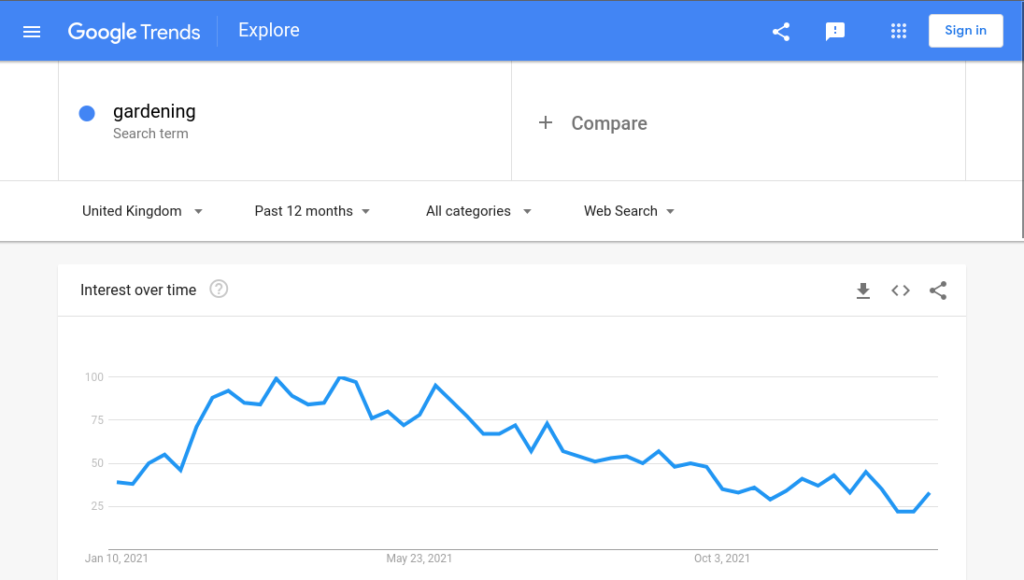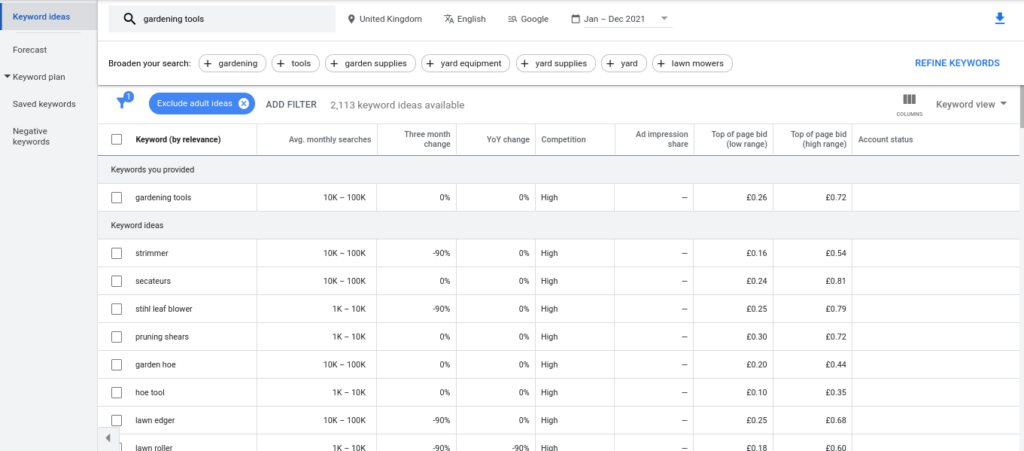1. Bring more visitors to your site
Stronger SEO is the number one reason many businesses turn to content marketing. Search engine optimisation has never been bigger for business success — and it doesn’t look like it’s going to be toppled by any other marketing strategy any time soon. A successful content marketing strategy looks at your current SEO success, and finds ways to produce content that will bump your website up the SERP.
Better SEO means customers will find you online more easily. It can take time to build up a bank of content that Google sees as trustworthy and authoritative, but once you’re in, you’ll soon start seeing an increase in leads and/or sales.
2. Get noticed online
Great content in the right place has the potential to get your brand noticed by a lot more people. With a strong content marketing strategy, you’ll plan highly shareable content — whether it’s a blog post, a video, or a podcast — and get it in front of readers, viewers or listeners.
As your band of content consumers grows, you’ll begin to see big leaps in brand awareness and social media engagement, which should eventually translate to a jump in sales.
3. Help your customers
Content may be king, but strong customer service is still the cornerstone of any great brand. That’s why your content should feed your customers with knowledge and information that helps them make the right buying decision.
Not only will they see you as a trustworthy brand that deserves their custom, but you’ll also weed out the customers who don’t align with your values before they buy. That means fewer unhappy customers, and more brand-loyal buyers who’ll want to shout about the great experience you’ve given them.
4. Revitalise your website
If your website is looking a little tired, an injection of fresh new content could be just what’s needed. You don’t necessarily need to invest in a full website overhaul — a refresh of your brand tone could be enough to pep up your web presence.
A content marketing strategy can also help you create alignment between your marketing channels. Fresh website content gives you something to share on social media, or talk about at your next networking event.
5. Put method into the madness
As a small business owner, writing blog posts is always the task that gets pushed to the bottom of the agenda. And it’s understandable — there’s always a bigger priority when you’re running everything yourself.
But a content marketing strategy gives you a structure and an objective, so you’re not blindly churning out less-than-helpful blog posts anymore. Instead, you’re creating purposeful content that’s informative, authoritative, and convincing — and is designed to get results. This structure and purpose can help you understand why you’re creating content, making it easier to get it done. And the sooner you get it done, the sooner you’ll start seeing results.
6. Make the best use of your time
For small business owners, there aren’t enough hours in the day to do everything you need to do. But with a content marketing strategy, you can get organised, and make sure you have enough time to get everything done — including posting that fresh new content.
A good content marketing strategy is built around a content calendar. Your content calendar keeps you on track, so your site is always being updated with new, relevant content. All you need to do is stick to it, and you’ll soon start seeing big strides in the success of your content marketing.
7. Become an authority in your industry
Google uses the principles of E-A-T to rank websites in its search engine results pages: Expertise, Authority, and Trustworthiness. To rank well, your content needs to meet — and exceed — these criteria.
If Google sees your site as an authority on a certain subject, chances are your readers soon will, too. That means great content can help you become a big name in your industry — even if you’re a small business.
8. Modernise your company
It’s never too late to join the content marketing game. Creating great online content is the hallmark of any forward-looking business, so give your company a modern-day overhaul with a content marketing strategy.
It’s more than a fresh lick of paint, too. Bringing more of your marketing online can help you reach a whole new subset of clients and customers, so it’s time to take the leap into content marketing.
9. Help people understand your product
This one’s for those B2B businesses who have a hard time conveying the value of your product or service to your potential customers. Your leads are more likely to convert if they understand your product — so make sure to provide useful information that helps them make a purchasing decision.
The beauty of content marketing is that it’s a slow burning process, so if your sales cycles are naturally long, it’s definitely worth creating a content marketing strategy to build momentum for your sales.
10. Make more sales
Ultimately, the goal of any business is to make more sales. And with a well-planned and well-executed content marketing strategy, you will.
Whether it’s because your leads have a better understanding of your product, a more informed mindset, or because you’ve reached that coveted #1 spot in Google, there are lots of ways a content strategy can help you win business.





















